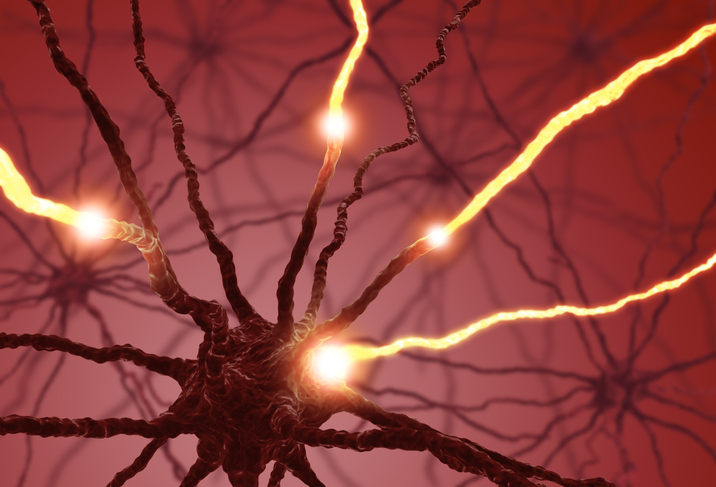Pain
What Is Chronic Inflammatory Demyelinating Polyneuropathy (CIDP)?

Chronic inflammatory demyelinating polyneuropathy (CIDP) is a medical condition involving inflammation of the peripheral nerves (the nerves located outside the brain and spinal cord). The term “demyelinating” denotes damage to the myelin sheath, which is the fatty, protective covering that surrounds nerve fibers. This damage is thought to be caused by an abnormal immune response, so CIDP is considered an autoimmune disease. The term “polyneuropathy” signifies that many nerves in the body are affected.
Chronic inflammatory demyelinating polyneuropathy is also known as the chronic form of Guillain-Barré syndrome, which is an acute inflammatory disease of the peripheral nerves. Symptoms must be present for at least eight weeks in order for a CIDP diagnosis to be considered.
Symptoms
Typically, the first symptom of chronic inflammatory demyelinating polyneuropathy is tingling or numbness in the toes and fingers. Sensation changes can extend to the arms and legs, causing additional numbness, burning or pain. Weakness in the arms or legs may also occur. This can lead to difficulty walking or using the hands and arms.
Less common symptoms of CIDP include breathing difficulties, loss of reflexes, fatigue, voice changes or slurred speech.
Risk factors
An estimated 40,000 people in the United States have chronic inflammatory demyelinating polyneuropathy. It is more common in men than women. CIDP may occur with other conditions including, but not limited to, diabetes, inflammatory bowel disease, HIV/AIDS and chronic hepatitis.














